The End of the Social Level with the Beginning of the Market Level of Human Development
December 24, 2015 Leave a comment
The Globalization and rising Productivity along the Internet and the rise of China have created very new economic worldwide conditions where aggregating national debt and inequality brought unknown powers to the practiced by the Social Level – trickle-down Capitalism: system built on rising productivity that prompts Investment that mostly capitalize on large transnational corporations, investors, and favoritism under the conditions of shady business practices to concentrate capital that would have countries prompt business activities that in time will crystalize into industrial and high-tech production. The way Brussels and Berlin have pushed Greece to reduce its Labor laws, adopt further austerity and increase its Value Added Tax to provide better conditions to the Large Transnationals and Investors to prompt Greece’s competitiveness and productivity could be considered a good example of the Social Level philosophy – however, the barely growing EU economy, the increasing inequality and national debt, and the ongoing global stagnation accompanied by the out of balance demand have indicated the inability of such philosophy to perform on national or global levels alike for such to be considered the status-quo it is. Why in the past the economies were driven by such supply sided philosophy into building such great economy like the US, Germany’s, or Japan’s ones, through and after the 2007-9 Great Recession economic policies have shown that the more interference by the governments by using stimulus packages, quantitative easing, and etc. the more successful into overcoming the recession and promoting economic growth they have been; and in the opposite: the more neoliberal pro-austerity ( EU is the best example of such) the least successful they have accomplished. Whereas China has been the best example of using ‘random’ an ‘as it comes; as it goes economics’ in succeeding the highest growth of them all. Thus, naturally, the conclusion that the 21st Century’s global market conditions have brought the exogenous interference with national economies to the point when the supply powers have greatly overcome the demand side of these thus prompting unsuitable for the Capitalism market conditions, therefore the inequality increase substantially along with widespread debt: national and private.
There are not that many options to overcome these new developments but the governments taking over further over the market forces, or the market economics to comprehend and apprehend these forces into an improved system of market development – here in particular: the economies are replaced by markets and the economic growth by market development! And, because it is well known the inabilities of any government to run markets and business, it is well known their inflexibilities and corruptness, it is obviously a need for a market-driven system to maintain market equilibriums and long term market development.
The difference between such Market Economics and the Capitalism is not in the ways of appropriating someone’s recourses to be distributed or redistributed by social means, but into the very much enhanced level of Business, Consumer Protection, Environmental Protection, Labor, Insurance, and etc. Laws to deleverage the existing market disadvantages for the Small to Medium Businesses and Investors in compression to the Large such that will establish more secure market conditions to boost business activates naturally enhancing the demand; however, because Market Economic uses an ‘as it comes; as it goes’ approach the ‘Invisible Hand’ of subsidies and direct investment, fiscal and monetary stimulus, social and infrastructural expenses are well included as market tools to balance market equilibriums when needed, indeed.
Targeted Environmental Protection must be used as the main tool for Market Development nationally as well globally by using market tools into Market Leaps to prompt and maintain Market Development. The total ban on pollution and deforestation can be succeeded only by overcoming poverty and providing conditions for employment to everyone – the theories of ‘healthy’ 4+ percent unemployment or the limited resources keeping many to access such creates conditions for wars and extremism to finally destroy Earth environmentally!
To maintain markets in equilibrium in an ‘as it comes; as it goes’ business environment the market tools must be used as parameters more like a Quantum Factor approach however remote it may look like the Uncertainty Principle applies onto these new market conditions than the Trickle-down one, or the Governmentally run one. The complexity of Market Economics could be only overcome by adjusting market fluctuations in a quantum environment like; because, by aggressively promoting business activities and thus the demand side the possibilities for market fluctuations arises!
The supply side Social Level of development prompted economic growth by keeping low inflation and eventually by allowing overheating economies accept limited recessions to rebalance excessive production and management; whereas, the market equilibrium Market Level succeeds Market Development by allowing self-adjusting only on Microeconomic level whereas it interferes wherever unbalances affect general equilibriums; therefore, the Central Banks practice to balance general equilibrium by raising or lowering interest rate changes into a system of Central Banks interfering on microeconomic sections level by number of stimuli or restricting tools!
Joshua Ioji Konov, 2015


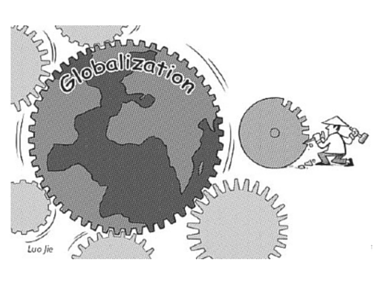

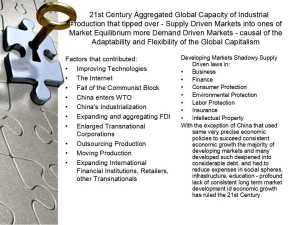
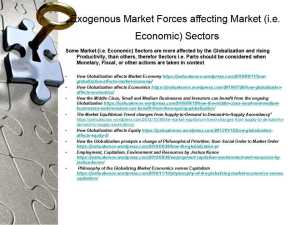
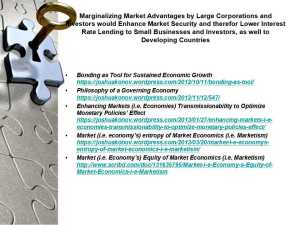
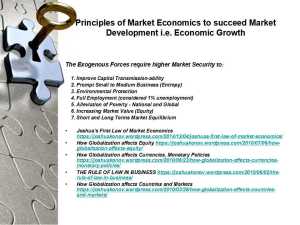

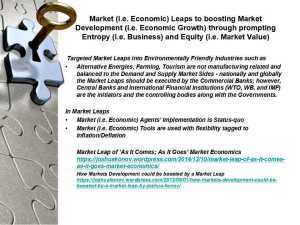
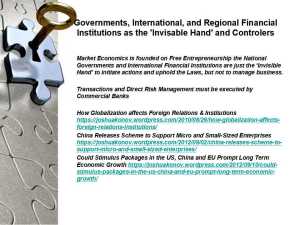

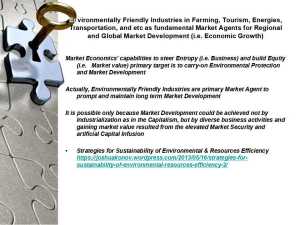
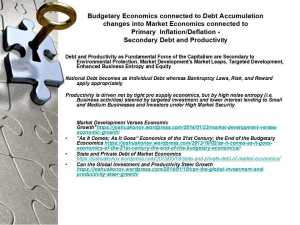

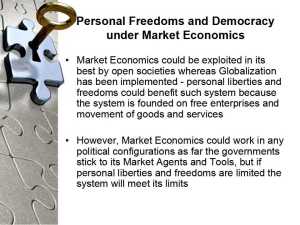

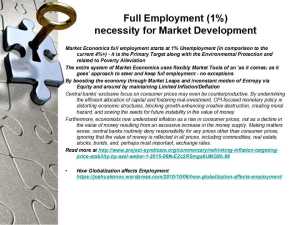
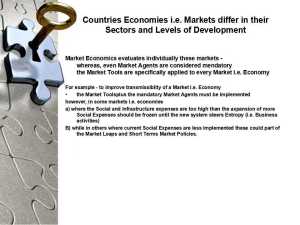
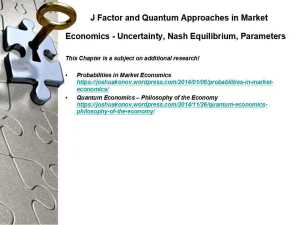
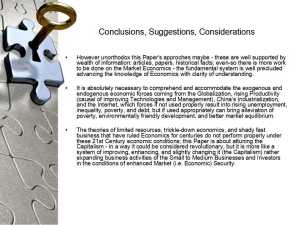
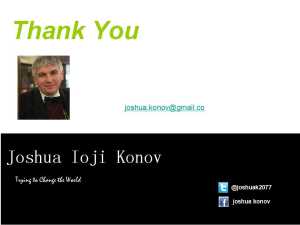
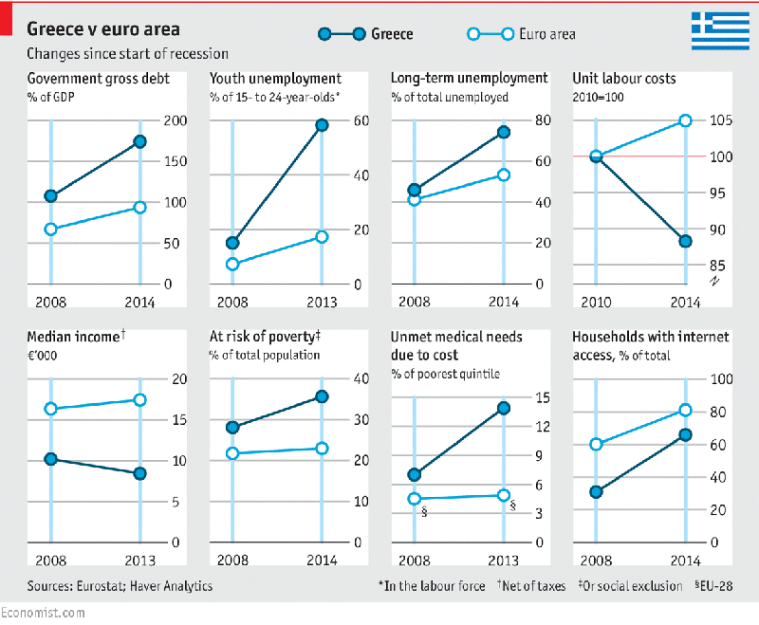
Recent Comments